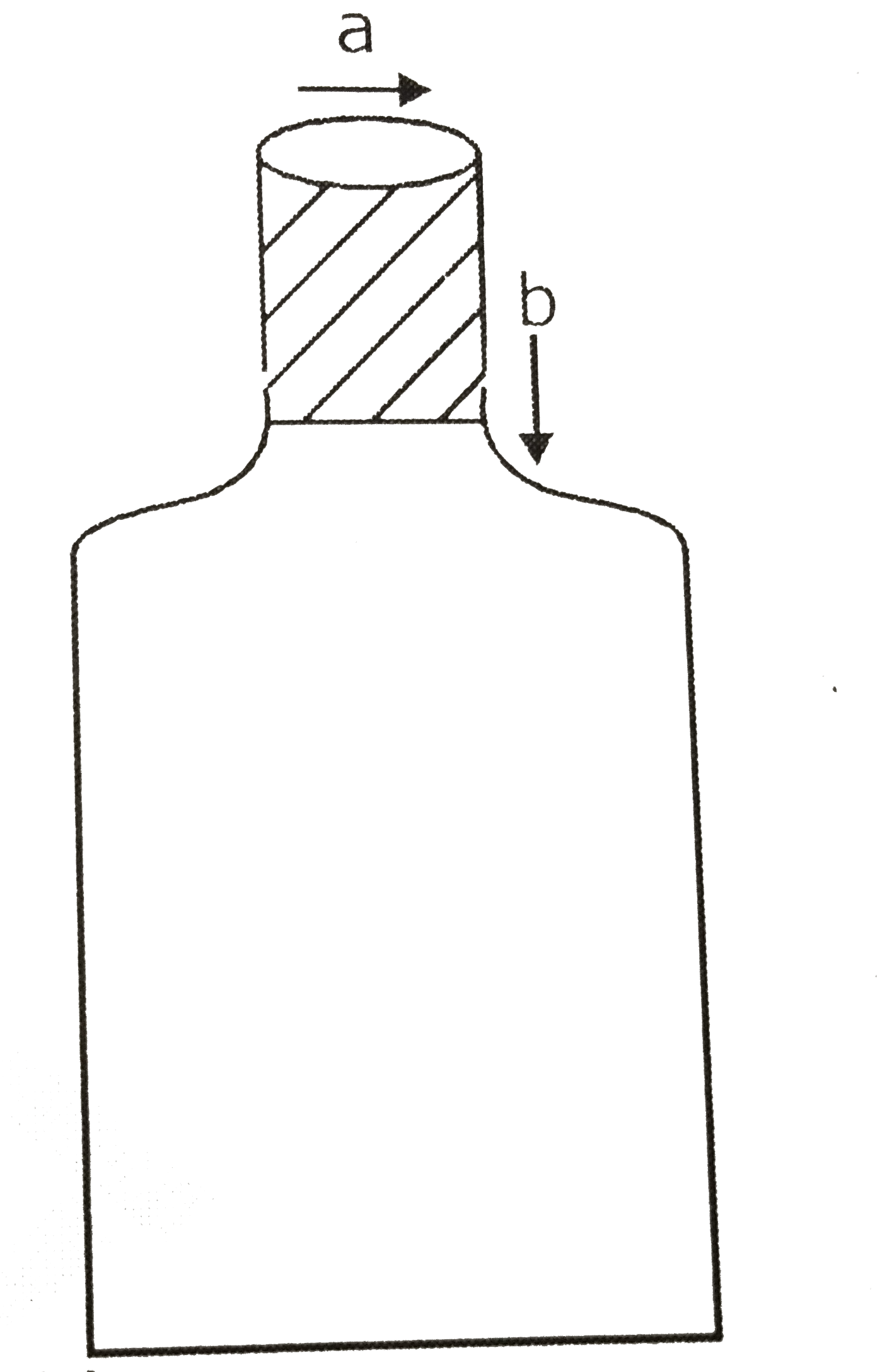included cork is cork generally formed in
cortex
pericycle or interfascicular parenchyma
Xylem
pith
The correct Answer is:c
Step-by-Step Solution:
1. Understanding the Question: The question asks where included cork is generally formed among the given options: cortex, pericycle, intrafasicular parenchyma, xylem, or pith.
2. Definition of Included Cork: Included cork refers to the cork that develops within the plant structure, specifically between the layers of secondary xylem.
3. Formation of Included Cork: The included cork is formed as a result of the activity of the cork cambium (phellogen). This cambium produces cork cells that are located between the layers of secondary xylem.
4. Analyzing the Options:
- Cortex: This is the outer layer of the stem and does not contribute to included cork.
- Pericycle: This is a layer of cells just inside the endodermis in roots and does not form included cork.
- Intrafasicular Parenchyma: This is part of the vascular bundle and does not contribute to included cork.
- Xylem: This is where included cork is formed, specifically between the layers of secondary xylem.
- Pith: This is the central part of the stem and does not form included cork.
5. Conclusion: Based on the analysis, the correct answer is that included cork is generally formed in the xylem.
Final Answer: Included cork is generally formed in the xylem.
---
- Cortex: This is the outer layer of the stem and does not contribute to included cork.
- Pericycle: This is a layer of cells just inside the endodermis in roots and does not form included cork.
- Intrafasicular Parenchyma: This is part of the vascular bundle and does not contribute to included cork.
- Xylem: This is where included cork is formed, specifically between the layers of secondary xylem.
- Pith: This is the central part of the stem and does not form included cork.
Topper's Solved these Questions
- ANATOMY OF PLANT PARTSBOOK - DINESH PUBLICATION ENGLISHCHAPTER - ANATOMY OF PLANT PARTSEXERCISE - CHECK YOUR GRASP
10 Videos
- AMPHIBIA-VERTEBRATES WITH DUAL LIFE BOOK - DINESH PUBLICATION ENGLISHCHAPTER - AMPHIBIA-VERTEBRATES WITH DUAL LIFE EXERCISE - check your grasp
11 Videos
- ANIMAL TYPES BOOK - DINESH PUBLICATION ENGLISHCHAPTER - ANIMAL TYPES EXERCISE - CHECK YOUR GRASP
15 Videos
Similar Questions
Knowledge Check
During secondary growth in a dicot root, cork cambium is formed by the activity of
AcortexBhypodermisCpericycleDepidermis.
List the characteristics of cork. How are they formed? Mention their role.
View SolutionSuberin in cork wall is a
View SolutionA bottle has an opening of radius a and length b. A cork of length b and radius (a+ΔA) is compressed to fit into the opening completely (See figure). If the bulk modulus of cork is B and frictional coefficient between the bottle and cork is ? then the force needed to push the cork into the bottle is :

View SolutionThe cork cambium, cork and secondary cortex are collectively called
View SolutionThe cork cambium, cork and secondary cortex are collectively called
View SolutionDuring secondary growth in a dicot root, cork cambium is formed by the activity of
View SolutionCommercial cork is obtained from
View Solution
